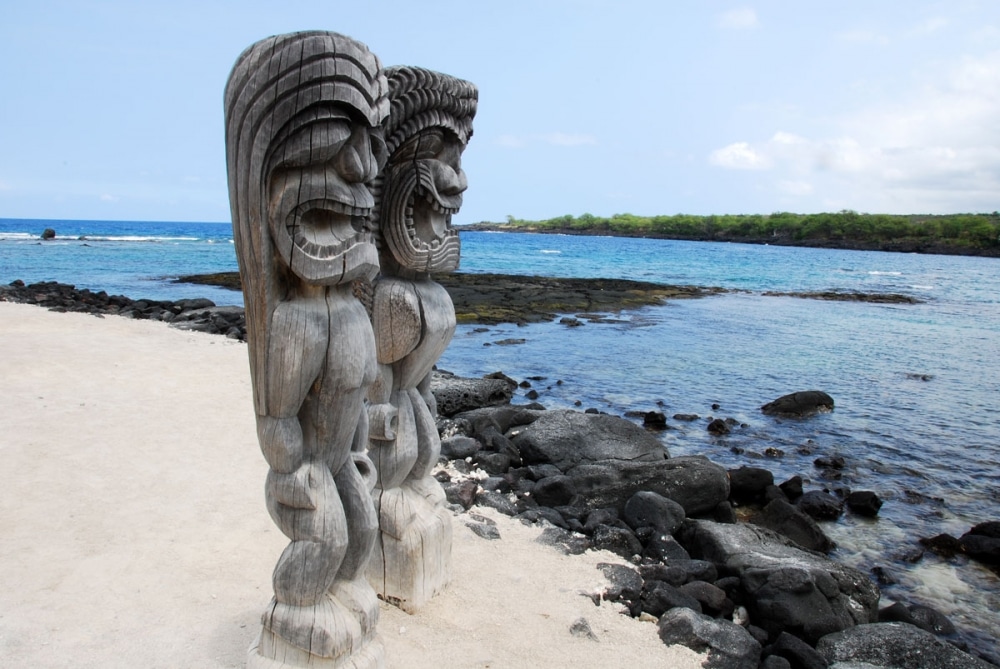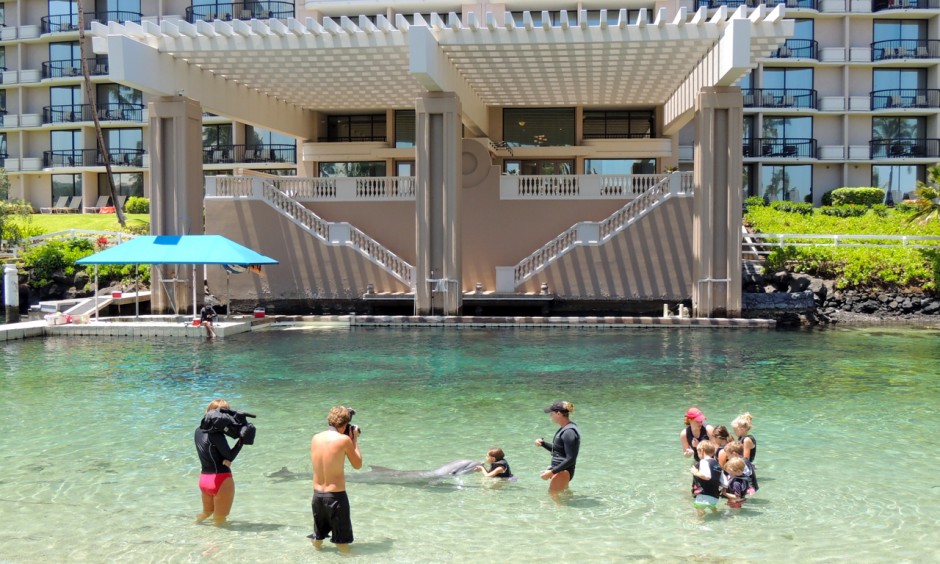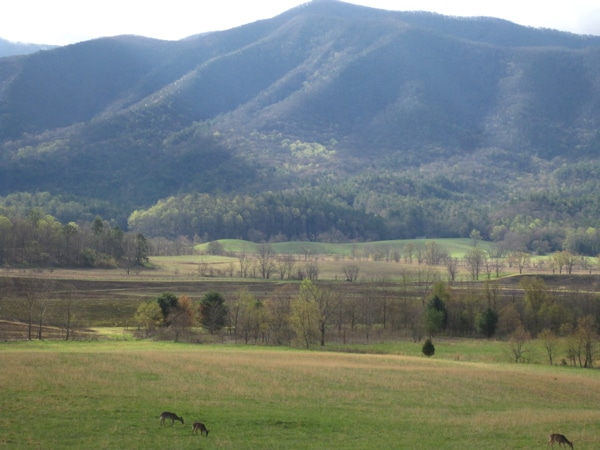The drive from Bozeman, Montana to Ogden, Utah, takes you along the beautiful Gallatin River and into the mountains of Yellowstone National Park. It was early morning so we didn’t see any rafters or kayakers on the river. Nor did we see any moose as we did in 2001 when we sometimes traveled from the park to Bozeman for some much needed r & r. A few miles out town we got behind a long line of cars. I thought that it was going to be a slow drive, on a two-lane road, following tourist drivers. However, when we reached the turn-off to Big Sky ( a resort area for the truly rich and site of the most expensive house in the United States – a spec. house, not yet sold, being constructed to the tune of $100 million), every car in front of us turned. We guessed that these were the workers who serve the rich in one way or another. Maybe the man who swept the wealthy man’s forest was among the drivers.
We drove west when we got to West Yellowstone, the least attractive of the park’s gateway towns and in winter often the coldest place in the lower forty-eight states. Soon we were in Idaho, in varied terrain with rivers, lakes, farms, and to the south a magnificent view of the Grand Teton mountains, whose sharp peaks have been etched in our memories since we first saw them ten years ago. When we got to US Highway 15 we turned south, toward Pocatello, and soon the land became much more arid and desert-like. Before long we were once again in Mormon country – Utah (though there are plenty of Mormons in Idaho and the other states bordering Utah, like Nevada). Our destination was the former rail depot of Ogden, which sits right up against mountains and is home to the Osmond family. I had a signing at The Bookshelf, a large, two-story building crammed with old and new books and videos. This was not a particularly productive stop; the owner had done little preparation for our visit and the foot traffic was limited. We did talk to an interesting couple, the husband a school principal who told us a few things about the town. There are many Hispanics in Ogden, and like many minorities they often have a tough time in school. He told us that life in parts of Ogden was like life in the inner cities of much larger places, with gangs and poor-on-poor crime. We noticed that on the street in front of a large park there were five taco and tamale stands selling very cheap foods and doing a brisk business, mainly to Hispanic customers, indicative of a large immigrant population. Utah has not been as hostile to immigrants from the south, certainly not as rabidly antagonistic as Colorado or, to a lesser extent, Arizona. Perhaps this is due to the longstanding Mormon missionary presence throughout Latin America. Mormonism is a proselyting and fast-growing religion, and it might not be good for growth to take an anti-immigrant stance. Before going to the bookstore, we walked down what used to be the main street, twenty-fifth, and admired the old train station and some of the fine old buildings. As you look east from this street, you see the mountains, so close that it a short hike into them from neighborhoods at the end of the town’s eastern streets.
Ogden is less than an hour, on Interstate 15, from Salt Lake City, our next stop. We were astonished at the air pollution. You could barely see the mountains, and we didn’t even want to open the car windows. We learned in the city’s newspaper that Salt Lake City’s air is often among the nation’s worst, so bad that the governor wants to spend some of the state’s budget surplus to do something about it. The I-15 corridor north and south of the city is in a valley, and the polluted air from heavy industry and traffic gets trapped until wind blows it out. We struck up a conversation with a person who told us the pollution was actually much worse in winter! I wondered what Brigham Young and the Mormon pioneers who came here more than 150 years ago, some of them without horses, pulling hand carts across the plains and mountains, would think of their paradise today.
We had always wanted to visit Salt Lake City, so after we checked into a Howard Johnson motel (nice staff, barely adequate room, but the cheapest downtown accommodation available, within walking distance of the central city), we took a walk. We visited the Mormon Temple, which, along with the domed building now housing one of the world’s largest organs and the place where the Mormon Tabernacle Choir performs, was built by hand by the first Mormon settlers. The Temple is a lovely building, not as large as we expected, but impressive with the golden angel Moroni (who showed the golden tablets that became the Book of Mormon to Joseph Smith) blowing a trumpet atop the steeple. The Tabernacle choir building was built without nails. The last two pews are from the original work, made of pine but painted to look like oak. They were beautiful and so well cared for that they looked like might have been constructed a few years ago. The wooden columns in the structure are made of pine but painted to look like marble. Some of the first Mormons were skilled craftsmen, from both the U.S. and Europe and the entire Temple compound shows their great skills, exercised under trying physical circumstances. Everyone we met here was friendly and willing to talk openly of their own lives. They were justifiably proud of what is for them what the Vatican is to Catholics. It was interesting to notice that Utah Mormons are in general intimately familiar with the state; they know all of it towns and places. They keep detailed histories of their lives and appear to have a sense of community and of place hard for us to imagine. In the Temple Square, there is a sculpture memorial to the handcart pioneers, very moving, and to many Mormons, I am sure that this memorial has an almost physical meaning. Their ancestors or certainly those of close friends actually made the long and killing trek that their family histories and collective memories celebrate. Of course, as with any religion there are formidable downsides, some of which I address in my book, in the subsection titled “The Mormons.” Karen discovered in a newspaper article that Utahns have one of the highest rates of depression in the nation. I wonder if this might not have something to do with the more oppressive aspects of the religion.
We passed by a house with interesting design work. There were two men standing on the porch talking. I remarked to them that the house was beautiful. It turned out that they were realtors, who had just taken over the listing for this property. They asked if we wanted to see the house. We ended up talking to them for an hour. One was a Mormon and author of several well-known real estate guides. The other was from New Jersey and not Mormon. We talked about the Mormon insularity we had noticed in Utah’s small towns. The non Mormon realtor (a “gentile” as the Mormon put it) said that his children had faced discrimination in local schools. While the believer had no justification for what happened in the schools, he did tell us that in small towns, people are not used to engaging with outsiders and this explains their reserve. They would be quick to help us if we were in trouble, he said, and I thought that this was probably true. He told us another interesting thing, this time about economics. A friend of his had opened a branch of a large bank in the ski resort town of Park City, site of a recent Winter Olympics. He figured to cash in on th real estate boom. However, he had to close the bank in two years. Buyers were so well-heeled that they just sold stock to buy houses; they didn’t take on mortgages. As someone said, the rich aren’t like the rest of us.
I spoke at a venerable independent bookstore, right on Main Street – Sam Weller’s, in business for over seventy years, with an enormous stock of new, used, and rare books. The crowd was small but the discussion was interesting and the events’ coordinator couldn’t have been more gracious.
If you are in Utah, you have to learn the way the streets are laid out. First, they are extraordinarily wide, big enough for a large team of horses to turn around without difficulty. Second, they are long. A few blocks can be a tiring walk! Third, they are numbered in a special way. There are two streets at the center (often Center and Main). The intersection of the two central streets is ground zero. Other streets are laid out on a rectangular grid and named according to distance. The first street north of the central intersection is 100 North; the first one south is 100 South. Same for east and west. An address one block north and one block east of the center would be at 100 North 100 East. It can get pretty confusing til you get the hang of it.
We were surprised that, while the Temple Square is glorious, the rest of the downtown is not. We have often said that modern Mormons don’t have much of a sense of physical beauty, and today’s Salt Lake City shows this – like plenty of other cities fine old buildings surrounded by unsightly modern ones. A wonderful old State Capitol building sits high atop a hill overlooking the city. A few blocks below is the Temple Square, but the view to it is blocked by ugly overly tall apartment buildings. The Mormon Church has bought most of the downtown and a major overhaul is planned. Hopefully, the spirit of the pioneers will be remembered.






